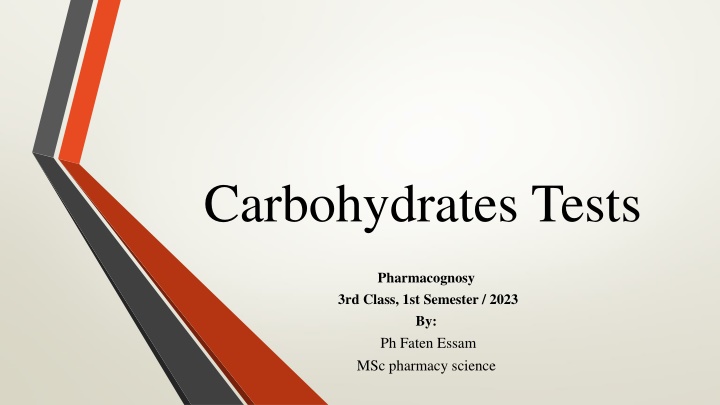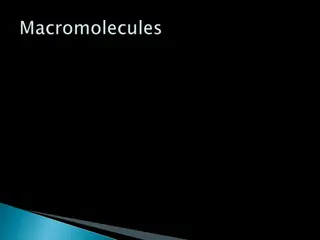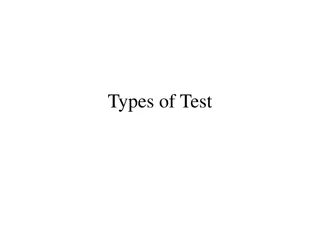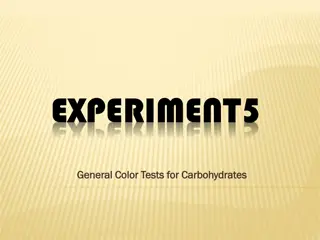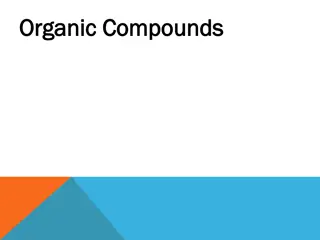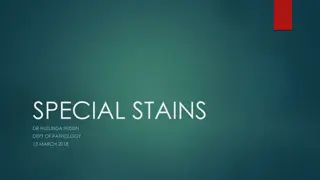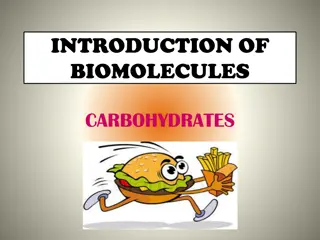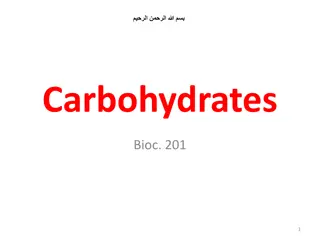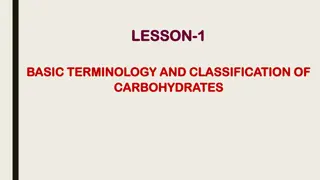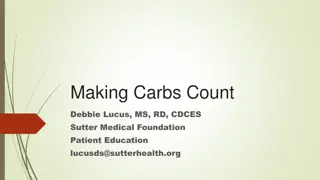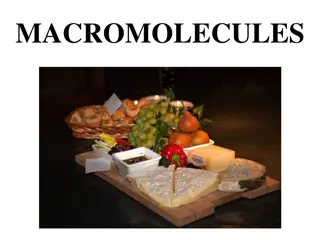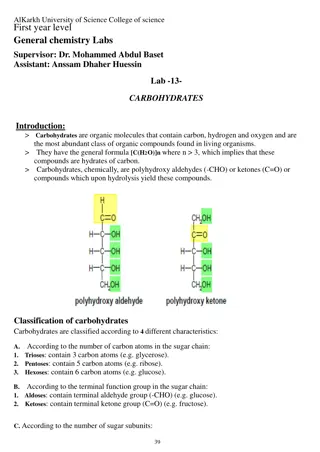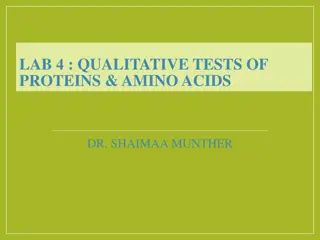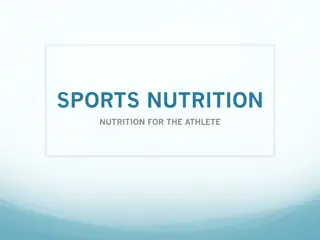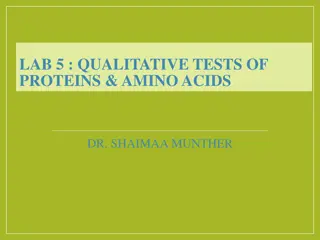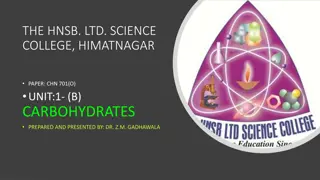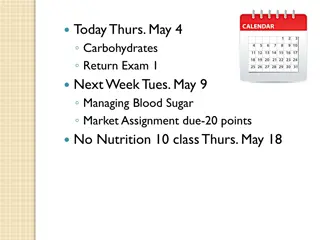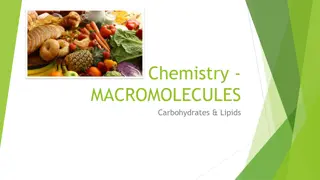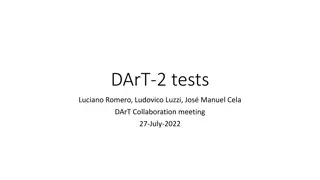Carbohydrates Tests
The PA Dutch 101 video on the alphabet and pronunciation, including how to spell common words, pronunciation practice, and language usage examples. Enhance your language skills as you delve into the unique Pennsylvania Dutch dialect.
Download Presentation

Please find below an Image/Link to download the presentation.
The content on the website is provided AS IS for your information and personal use only. It may not be sold, licensed, or shared on other websites without obtaining consent from the author.If you encounter any issues during the download, it is possible that the publisher has removed the file from their server.
You are allowed to download the files provided on this website for personal or commercial use, subject to the condition that they are used lawfully. All files are the property of their respective owners.
The content on the website is provided AS IS for your information and personal use only. It may not be sold, licensed, or shared on other websites without obtaining consent from the author.
E N D
Presentation Transcript
Carbohydrates Tests Pharmacognosy 3rd Class, 1st Semester / 2023 By: Ph Faten Essam MSc pharmacy science
Carbohydrates Class of naturally occurring compounds which are of great importance to human beings because is a key source of energy used by living things. They are major part of our diet, providing 60-70% of total energy required by the body. Also serve as extracellular structural elements as in cell wall of bacteria and plant.
General formula of carbohydrates The chemical formula of a carbohydrate is (CH2O)n . So the meaning of carbohydrate ..
Classifications of carbohydrates Carbohydrates classified either according to complexity or according to the size
Classification of carbohydrate according to complexity complex simple
Chemical classification of carbohydrates Chemically, Carbohydrates are aldehydes and ketones
Properties: Solubility of sugars [physical property]: Monosaccharide and disaccharide can be dissolved freely in water because water is a polar substance, while polysaccharide cannot be dissolved easily in water, because, it has high molecular weight , which give colloidal solutions in water.
Carbohydrates tests Molisch test: This test is specific for all carbohydrates mono , di and polysaccharides Objective: To identify the carbohydrate from other macromolecules, lipids and proteins
Procedure 1- take 1 ml of test solution and add 1-2 drops of - naphthol and mix it 2- then add H2SO4 (up to 2 ml ) drop by drop on the side of test tube until purple ring form (don t shake it) Observation Violet ring appear at the junction between the two liquids This indicate the presence of carbohydrate in solution
Iodine test This is a specific test for polysaccharide helps to identify the presence of starch in a sample. It also helps to distinguish between mono or disaccharides from polysaccharides (glycogen, dextrin, and amylase) In which starch adsorb iodine to form dark blue color , while glycogen form brown red color
Starch consist of amylose and amylopectin In which glucose in amylose linked together by 1-4 glycosidic linkage give it straight form , while amylopectin glucose unit have branched unit ( 1-6 glycosidic linkage ) give it branched form Natural starch contains two monomeric units:Amylose (10-20%) andAmylopectin (80-90%).
Principle of iodine test Iodine forms a coordinate complex between the helically coiled polysaccharides chain and iodine centrally located within the helix due to adsorption. The color obtained depends upon .
Procedure of iodine test 1- take 2ml of carbohydrate solution in test tube 2- add 1-2 drop of iodine solution and mix it 3. observe the results
Observation 1- if dark blue color this indicate the presence of starch (polysaccharide) 2- if brown red color this indicate the presence of glycogen 3- if yellow color appear this indicate negative results (no polysaccharide in solution)
